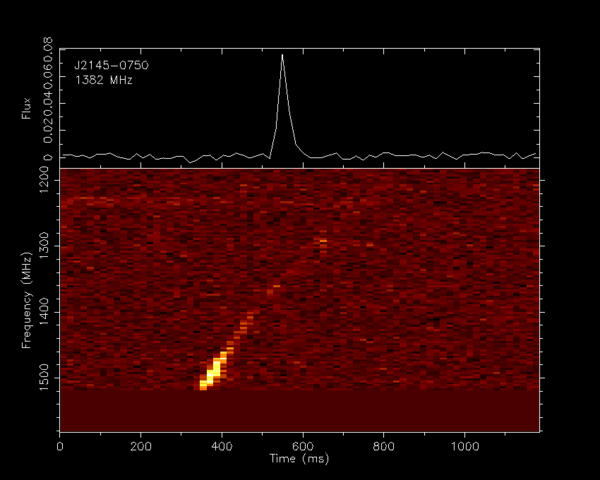Fast Radio Bursts (FRBs) are intriguing astrophysical phenomena that involve short bursts of intense radio waves coming from deep space. Despite being discovered relatively recently, in 2007, they have captivated the attention of astronomers and astrophysicists due to their mysterious origins and properties. This comprehensive guide will help you understand FRBs and the current state of research in this field.
1. What Are Fast Radio Bursts (FRBs)?
- Fast Radio Bursts are intense, millisecond-duration bursts of radio waves coming from distant regions of the Universe.
- They are characterized by their extreme brevity and high energy, emitting as much energy in a fraction of a second as the Sun does in a day.
- FRBs are detected as radio pulses, but their sources and origins remained unknown for many years.
2. Discovery and Early Observations:
- The first FRB, known as the “Lorimer Burst,” was discovered in 2007 in archival data from the Parkes Radio Telescope in Australia.
- Initially, these events were considered anomalies, and their true nature was a subject of debate.
3. Characteristics of FRBs:
- Duration: Typically, FRBs last for only a few milliseconds, making them challenging to detect and study.
- Dispersion Measure (DM): FRBs display a dispersion measure, which is a measure of how much the radio waves are dispersed as they travel through space. This can provide information about the density of material along the path.
- High Energy: FRBs emit a vast amount of energy in a short time, making them visible across vast cosmic distances.

4. Possible Origins:
- Magnetars: One leading theory suggests that some FRBs might be associated with highly magnetic neutron stars called magnetars. These magnetars produce intense bursts of energy.
- Colliding Neutron Stars: Another hypothesis proposes that some FRBs could result from the collision of neutron stars or other catastrophic cosmic events.
- Repeating and Non-Repeating: Some FRBs are observed to repeat, while others do not. The origins of these two types might differ.
5. Repeating FRBs:
- A subset of FRBs is known to repeat, emitting multiple bursts from the same source over time.
- The first repeating FRB, FRB 121102, was discovered in 2012 and is associated with a dwarf galaxy.
- The repeating nature of some FRBs has allowed scientists to study them in more detail and investigate their origins.
6. Research and Studies:
- Ongoing observations and studies are conducted using radio telescopes worldwide.
- Researchers are developing more sensitive instruments and techniques to detect and characterize FRBs.
- The CHIME (Canadian Hydrogen Intensity Mapping Experiment) telescope in Canada is particularly successful in detecting and studying FRBs.
7. Importance and Implications:
- The discovery of FRBs has opened up new avenues of research in astrophysics and cosmology.
- They provide insights into extreme astrophysical environments, the properties of neutron stars, and the interstellar and intergalactic medium.
- FRBs also hold potential for cosmological studies, as they can be used to probe the distribution of matter in the Universe.
8. Ongoing Mysteries:
- The exact origins of FRBs, whether they are all produced by the same processes or have diverse sources, remain an active area of research.
- Understanding the physical mechanisms that generate such intense, short bursts of radio waves is a major challenge.
In summary, Fast Radio Bursts (FRBs) are intense, millisecond-duration bursts of radio waves from deep space. They have become a fascinating and active area of research in astrophysics, with many mysteries still awaiting resolution. Ongoing studies and advancements in telescope technology hold the promise of uncovering the secrets behind these cosmic phenomena and expanding our understanding of the Universe.











